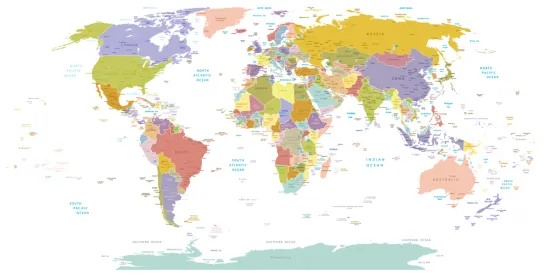Earlier this month, U.S. Energy Secretary Ernest Moniz released a report presenting the Department of Energy’s (DOE) assessment of expected regional energy sector vulnerabilities to climate change. The report highlights serious challenges for the nation’s energy infrastructure going forward, as the impacts of climate change are poised to dramatically impact the electricity industry’s ability to cope with increasing demand.
The report provides the current U.S. administration with more data to support climate focused energy policy pushes. It also helps support a growing consensus that the effects of climate change can impact a large number of U.S. stakeholders and risks significant economic harm. Read on for further details of the report.
In the report, the DOE divides the U.S. into nine regions, assessing each one individually. Some of the identified vulnerabilities remained the same across all regions. Rising temperatures nation-wide, for example, mean that energy demand will rise across the board. While energy demand rises, the heat will also worsen generation and transmission efficiency – a combination of increasing demand and decreasing ability to meet this demand that has the potential to cause significant problems.
“Electric grid operations and infrastructure in every region is vulnerable to a variety of climate impacts, including increasing temperatures, heavy rainfall events, wildfire, hurricanes, and storm surge,” the agency concluded. “Electricity demand is affected by increasing temperatures and is a key vulnerability in nearly every region.”
Higher temperatures aside, the report delved deeper into each individual region’s infrastructure vulnerability. The report projects that the Northeast, for example, will see an increasing number of intense hurricanes, as well as increasingly frequent instances of heavy precipitation. Both extreme weather events pose a high risk to coastal power plants, grid components, pipelines, and other pieces of the region’s energy infrastructure.
Several other regional highlights:
-
The Northwest relies heavily on hydropower, and the DOE predicts that warmer temperatures will mean less mountain snowpack, which in turn will lead to less available hydropower during summer months when demand is highest.
-
The Southwest is vulnerable to more frequent and severe heat waves, driving up cooling energy demand. Increasing numbers of wildfires also constitute a major concern as a threat to transmission lines.
-
The Southern Great Plains’ oil and gas industry is threatened by severe hurricanes and rising sea levels, both of which are likely to impact the Gulf Coast energy production and transmission capacity dramatically.
-
The Southeast highly vulnerable to flooding since much of the region’s infrastructure is situated in low-lying areas. Hurricanes, coastal erosion, and storm surges will also disrupt the region’s energy infrastructure.
For more information, check out the report itself, as well as an interactive map released by the DOE illustrating the various regions’ risk profiles.




 />i
/>i
